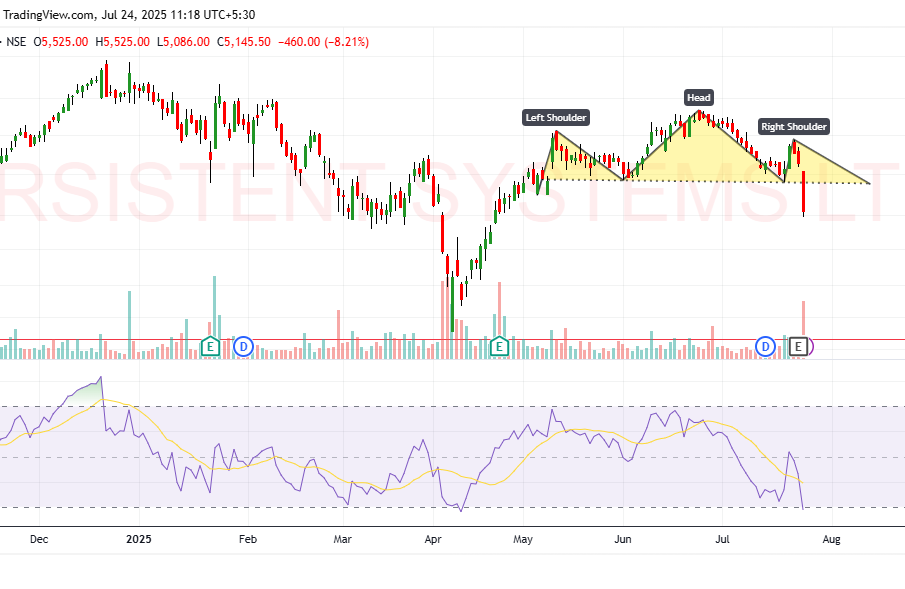Understanding Persistent Share Price Movements

Introduction
Persistent share price movements are a critical aspect of the stock market, illustrating how certain stocks maintain their value or exhibit consistent fluctuations over time. Understanding these trends is crucial for investors as they influence investment decisions, portfolio management, and financial forecasting. In recent times, the analysis of persistent share prices has gained attention due to various market conditions and economic factors that shape investor behavior.
Current Trends in Persistent Share Prices
As of late 2023, several stocks in sectors like technology, healthcare, and renewable energy have shown persistent share price movements. Companies such as Reliance Industries and Tata Consultancy Services have demonstrated resilience amid market volatility, maintaining their positions due to strong fundamentals and investor confidence. The persistent nature of these share prices can often be attributed to robust earnings reports, strategic expansions, and overall economic stability.
Market analysts have identified a correlation between high institutional holdings and persistent share prices. Stocks with significant investment from institutional players tend to show less volatility during market fluctuations, further stabilizing their prices. Additionally, sectors experiencing growth, such as green technology and e-commerce, are witnessing persistent price increases as they adapt and cater to changing consumer demands.
Factors Influencing Persistent Share Prices
Several key factors contribute to the persistence of share prices. Firstly, the overall economic environment plays a pivotal role. Economic indicators such as GDP growth, interest rates, and inflation can influence investor sentiment and, subsequently, share price stability. Secondly, company-specific news, including earnings announcements, new product launches, and management changes, can lead to sustained investor interest, thereby impacting share prices.
Moreover, global events such as geopolitical tensions or pandemics can also create a ripple effect on persistent share prices. For instance, recent market rallying due to easing pandemic restrictions has led to a rebound in certain sectors, showcasing how external factors intertwine with share price persistence.
Conclusion
In conclusion, understanding persistent share prices requires a holistic view of both macroeconomic and microeconomic factors. For investors, recognizing the attributes of stocks that maintain their value can lead to more informed investment choices. As market dynamics continue to evolve in the upcoming months, close monitoring of these trends will be essential. Investors are encouraged to analyze persistent share prices in their portfolio strategy to maximize potential returns and minimize risks. Future forecasts suggest that sectors adapting to digital transformation and sustainability will likely exhibit strong and persistent share prices, reflecting an ongoing shift in consumer preferences and market demands.









